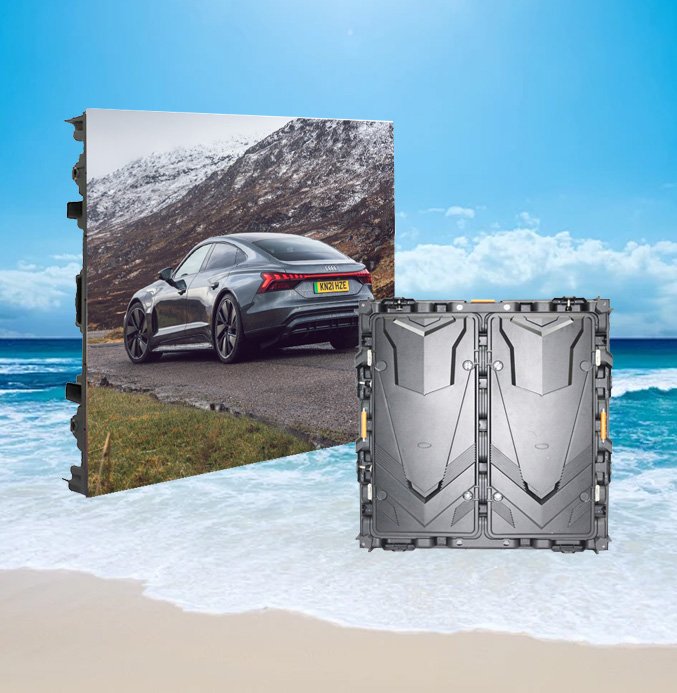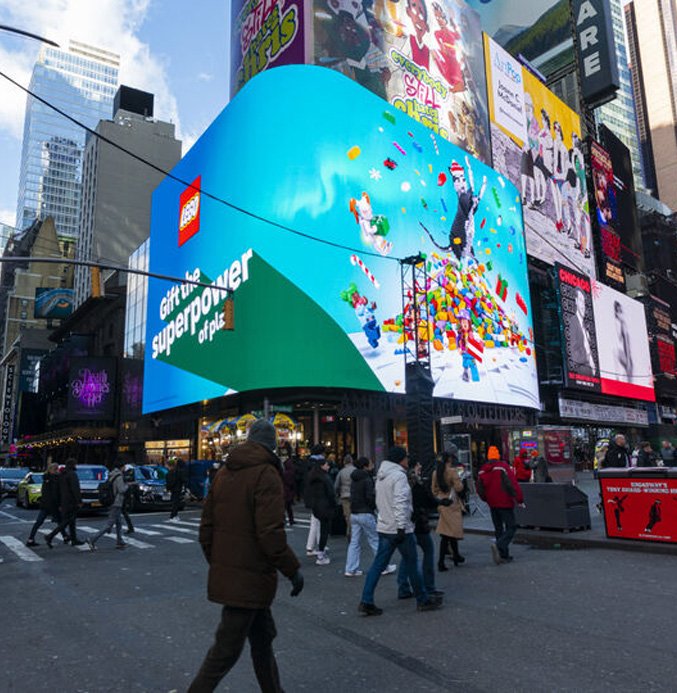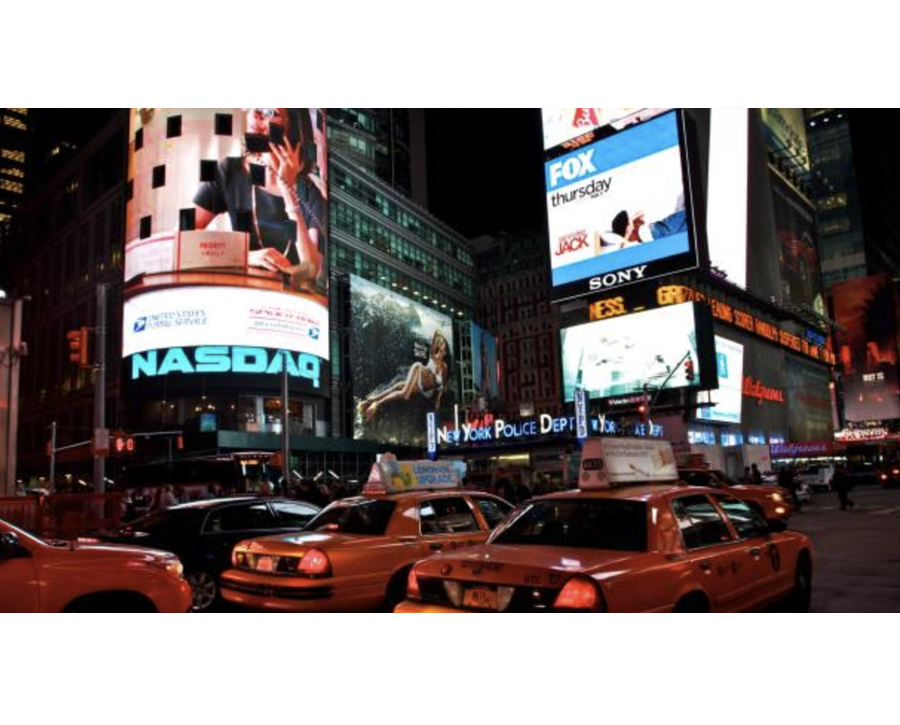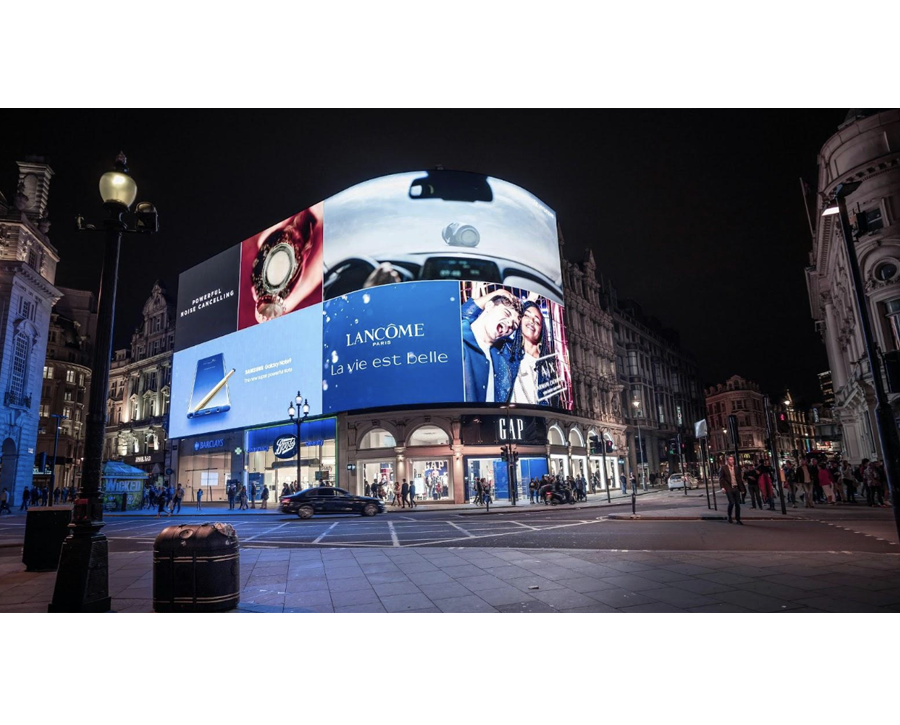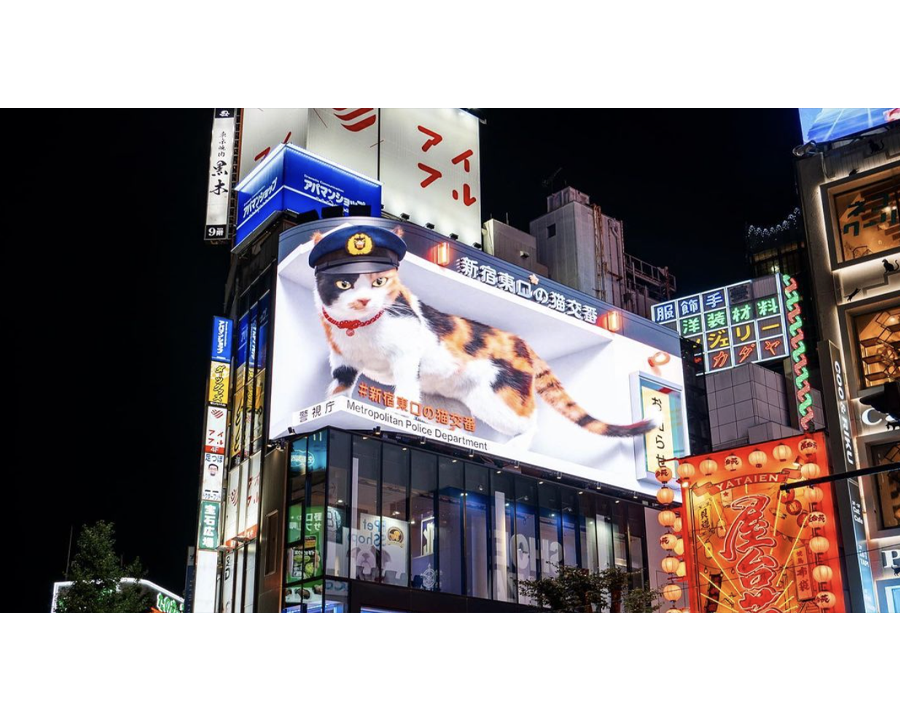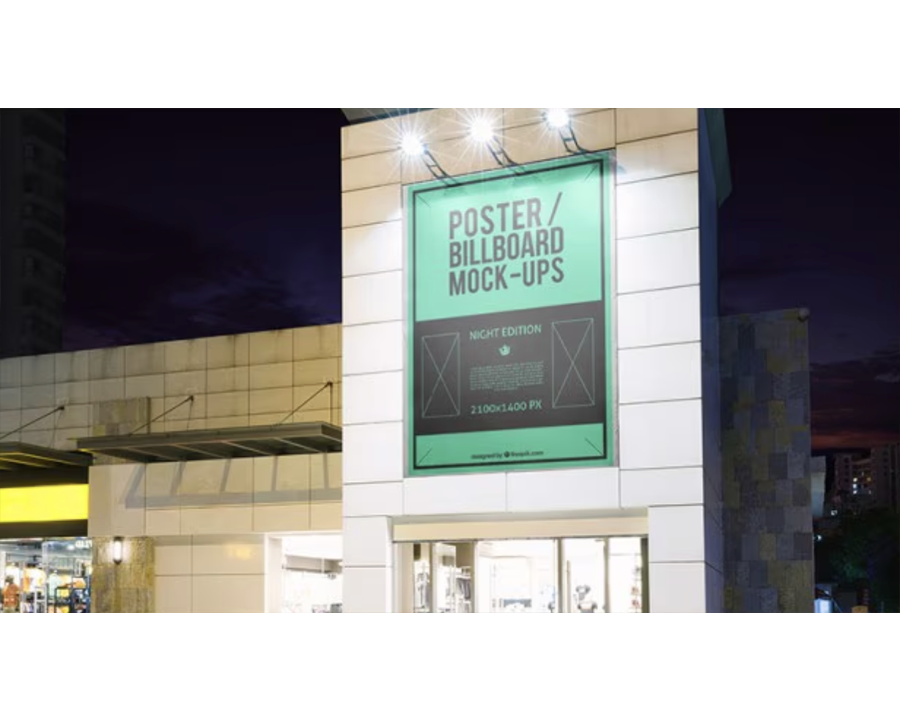
Billboards remain pivotal in outdoor advertising, but choosing between LED and traditional ones can be challenging. This article explores their features, costs, visibility, durability, and ideal use cases so you can make an informed choice for your advertising needs.
What Are LED Billboards?
LED billboards are electronic billboards that use Light Emitting Diodes (LED) that display high quality images. They offer richer pictures compared to conventional billboard signs and feature Ad-Blade with Revolving ads, Animations and Video ads that are much more efficient especially in the heavily-populated urban areas.
With the help of a digital network, LED billboards show information that can be changed remotely and in real time. The technology used here is LED panels with much longer life spans of over 100,000 hours, thus minimizing the rate of replacements.
LED billboards can function in an automatic brightness control mode for optimum visibility in low light or darkness, depending on the lighting conditions. Applications of LED billboards include large-scale roadside advertising, urban transit hubs, stadiums, and even smaller indoor settings like malls or airports.
What Are Traditional Billboards?
Traditional billboards are static, printed advertisements displayed on large frames, typically stationed along highways or busy urban areas. These billboards are made using vinyl which is durable in various weather conditions.
Designs are printed and then physically installed, offering one advertiser per board exclusivity. Unlike LED billboards, traditional billboards deliver consistent visibility without rotation or animation. Their simplicity makes them cost-effective for long-term campaigns.
Production and maintenance costs are also lower than digital alternatives. While less versatile, traditional billboards provide uninterrupted exposure, making them suitable for campaigns emphasizing brand messaging or local service announcements.
Cost Comparison: LED vs. Traditional Billboards
Initial Setup Costs
- LED Billboards: They indicate that the installation costs are as low as $5,000.
- Traditional Billboards: Initial costs, the costs incurred when setting up the center, less than $5,000- more than $50,000.
Maintenance Expenses
- Traditional Billboards: Require regular vinyl replacements, costing up to $500 per update.
- LED Billboards: These require occasional electronic repairs, which might require up to $5,000, depending on the repair work. However, LED signs require more electricity than other signs due to the encumbrance of operating 24/7.
Monthly Advertising Rates
- Traditional Billboards: It can cost from a quarter of a month’s revenue for a small business to $4,000 for a large business.
- LED Billboards: Rates can go up to $10,000.
ROI Considerations
- Traditional Billboards: Best suited for static campaigns, offering cost-effectiveness and simplicity for long-term ads.
LED Billboards: Provide dynamic content capabilities, allowing advertisers to rotate multiple ads. This versatility can lead to increased revenue opportunities, justifying the higher investment.
Visibility and Effectiveness
Daytime and Nighttime Visibility
The effectiveness of billboard advertising largely depends on its visibility level. Traditional billboards are massive and static—essential for advertising during the day. However, they become invisible at night unless they have extra lights.
This not only adds cost to use but may not even be effective in poorly lit environments. LED billboards are brighter and more flexible than other types of billboards. They use smart lighting that adapts to the prevailing natural light, making them visible during the day and at night.
This element makes LED billboards very useful in conveying information and grabbing the attention of the audience in areas with high traffic density, such as urban areas and from a distance.
Static vs. Dynamic Content
The kind of content aired greatly determines the effectiveness of the billboard type. Standard billboards are created to post one static picture at a time. This makes them suitable for campaigns aiming to create a consistent branding message or message expected to run for a long time.
On the other hand, LED billboards take advantage of dynamic content possibilities. They can air multiple messages, advertisements, animations or even videos, making the experience quite engaging.
This feature of refreshing content in real-time makes it easy for the various advertisements to be run concurrently; however, the overall screen times may be a bit low for each advertisement.
Audience Engagement
Conventional billboards are warmly received by consumers in regions where there is a demand for plain and steady messaging. Their simple style makes them perfect for branding initiatives that aim to create awareness over time.
On the other hand, LED billboards are far more appealing to people who interact steadily with technology and live in urban areas. Research shows that motion and text grab attention better than still images. This makes LED billboards particularly useful in areas with heavy pedestrian and motorist traffic.
Durability and Maintenance
Durability is a significant consideration when choosing between LED and traditional billboards. Outdoor advertising billboards commonly printed on vinyl or poster-type media are very sensitive to dirt and fade due to rainfall, wind and sunlight.
Depending on the campaign duration and existing weather conditions, replacements may be necessary every few months. LED billboards with aluminum or steel frames and weatherproof LED panels can last up to 10 years.
However, their electronics are prone to burnout, moisture infiltration and extreme temperatures and, therefore, require specialized maintenance. Electrical faults will also cost a considerable sum but are rarely needed if the LED billboards are properly maintained.
Which Option Is Better for Your Business?
Budget and Campaign Goals
- Traditional Billboards: These are best suited for businesses with limited financial resources or campaigns that take an extended time. Optimal for brand awareness advertising. It is best used where simple and repetitive messages are needed.
- LED Billboards: A better fit for companies with higher budgets aiming for versatility and engagement. It is favored by retail, entertainment, and technology industries, which benefit from high-impact, visually engaging displays.
Location Considerations
- High-Traffic Urban Areas: LED billboards excel with their bright, animated visuals that capture attention in busy environments. They stand out amidst urban noise, offering a competitive edge in metropolitan settings.
- Rural or Suburban Areas: Traditional billboards are more effective here, as their static simplicity aligns better with slower-paced surroundings and maintains visibility without the need for high-tech features.
Audience Demographics
- Traditional Billboards: Better suited for B2B use by industries with older clients and those with simpler, ongoing, and predictable marketing messaging, such as real estate, healthcare, and local businesses.
- LED Billboards: Appeals to youth and any group that is more conversant with technology and most comfortable with animations. This makes them beloved by industries that have millennials and Gen Z as their primary market.
Conclusion
Deciding whether to use LED or traditional billboards will depend on your business’s goals and objectives, the amount of money you are willing to spend, and your audience. LED displays have flexibility and dynamic appeal, but the traditional method of billboard advertising remains relatively cheap and guarantees exposure.
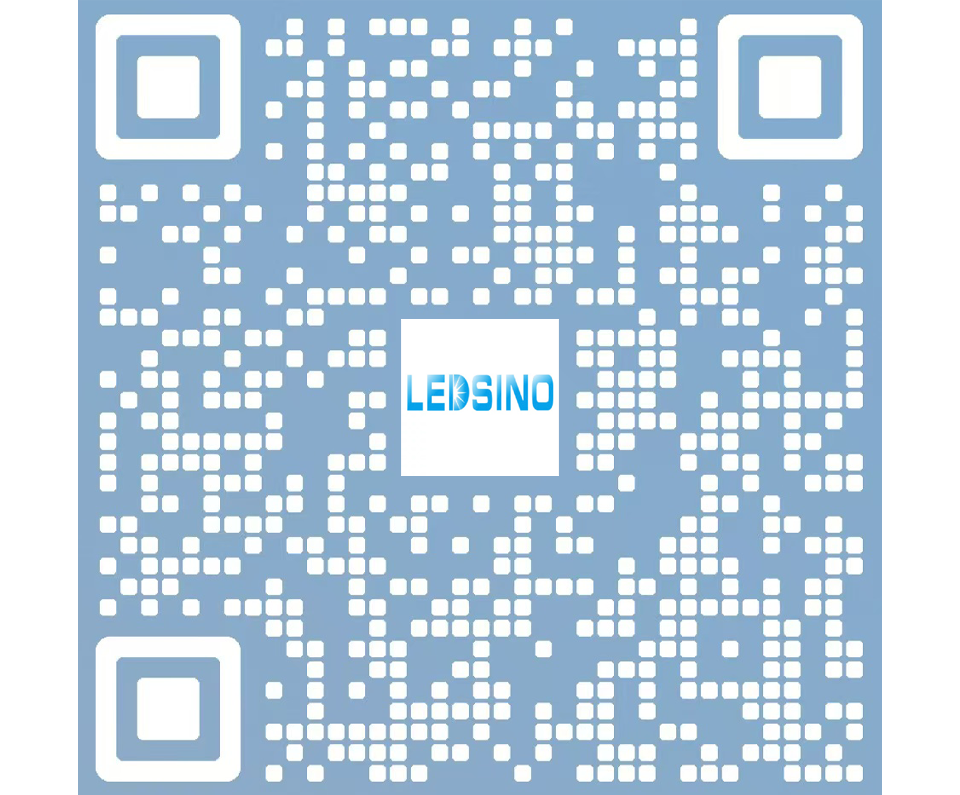
Enter the digital world with our advanced display technologies.

